The world's two largest economies are locked in a battle to secure the future of solar energy. Can the upcoming US presidential election turn the tide?
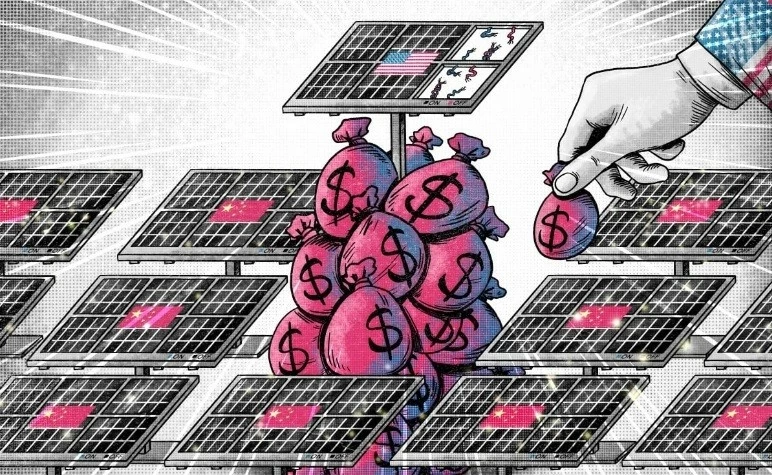 |
| In fact, the world's two leading economies are both fighting to secure the future of the solar energy industry. Illustration photo. (Source: SCMP) |
Claims that subsidies in the solar sector have led to overcapacity have become a familiar refrain in the US-China trade war over the past year, and Beijing retaliated last month.
The China Photovoltaic Industry Association said the United States has "expanded its solar power capacity aggressively through monopolistic and discriminatory subsidy policies" in recent years, but still accused China of over-subsidizing the new energy sector.
“These actions have led to overcapacity in the US,” the association warned, adding that it could negatively impact the healthy development of the industry globally.
In fact, the world’s two largest economies are both fighting to secure the future of solar, with the Biden administration’s Inflation Reduction Act (IRA) in 2022 offering billions of dollars in subsidies and tax credits signaling Washington’s efforts to level the playing field.
All eyes are on next month’s presidential election, with Republican Donald Trump saying he would “cancel all unused IRA funds” but claiming to be a “big fan” of solar energy during a debate with Democratic Vice President Kamala Harris on September 10.
“It is unlikely that either candidate will maintain existing incentives if elected,” said Jenny Chase, senior solar analyst at BloombergNEF.
China has dominated the global photovoltaic supply chain thanks to 20 years of intensive industrial policies, but the country is now on the defensive, concerned that excessive competition could undermine its domestic growth potential.
Meanwhile, the US is doubling down on massive subsidies aimed at fostering an industrial ecosystem independent of China as part of its efforts to “de-risk” amid strategic competition. The success of that effort depends largely on a steady and steady infusion of money from both the government and capital markets, industry experts say.
While China's massive and comprehensive manufacturing capacity may be difficult to surpass, technological breakthroughs can create shortcuts.
"Can the US dominate the solar manufacturing industry? Absolutely, with enough subsidies, you can do anything," predicts expert Jenny Chase.
According to the China Photovoltaic Industry Association, a long list of federal and state subsidies for the solar industry proposed by the IRA is worth up to $369 billion, focusing on supporting investment and manufacturing in the clean energy industry, including photovoltaic products.
The world’s second-largest economy has taken a different approach. China has not provided specific cash grants to domestic solar manufacturers. Instead, local governments will be the driving force behind industrial policies to promote the rapid growth of the sector, providing comprehensive support such as cheap land leases, soft power purchase agreements, and incentives to build more solar plants and farms.
“Five or six years ago, local governments offered very good terms to manufacturers, some even helped build factories and manufacturers just moved their equipment in,” said Daniel Qiu, managing director and co-head of investment banking and capital markets at Credit Suisse Securities.
With such special preferential policies, China has easily become the world's number one manufacturer of solar energy products in the past two decades, accounting for more than 80% of the global supply chain.
In the US, before the IRA was launched, there were supportive industrial policies, including research grants and tax credits for solar panel installations, but the total cost of production, from labor to factory construction, far exceeded that of China.
Ocean Yuan, founder and CEO of Grape Solar, a US solar equipment manufacturer and seller, said the IRA was a “game changer” because for the first time, US manufacturers could receive direct financial incentives.
“Now, for any company, whether Chinese or other companies, as long as they manufacture solar panels, if they don’t come to the US, they have no future,” Yuan said. “The US has always had the capacity, it’s just a matter of expanding it,” Yuan added.
Source: https://baoquocte.vn/the-old-president-is-against-the-tran-cuoc-dua-trong-nganh-nang-luong-mat-troi-292030.html



![[Photo] General Secretary concludes visit to Azerbaijan, departs for visit to Russian Federation](https://vphoto.vietnam.vn/thumb/1200x675/vietnam/resource/IMAGE/2025/5/8/7a135ad280314b66917ad278ce0e26fa)
![[Photo] Prime Minister Pham Minh Chinh meets with the Policy Advisory Council on Private Economic Development](https://vphoto.vietnam.vn/thumb/1200x675/vietnam/resource/IMAGE/2025/5/8/387da60b85cc489ab2aed8442fc3b14a)
![[Photo] National Assembly Chairman Tran Thanh Man chairs the meeting of the Subcommittee on Documents of the First National Assembly Party Congress](https://vphoto.vietnam.vn/thumb/1200x675/vietnam/resource/IMAGE/2025/5/8/72b19a73d94a4affab411fd8c87f4f8d)
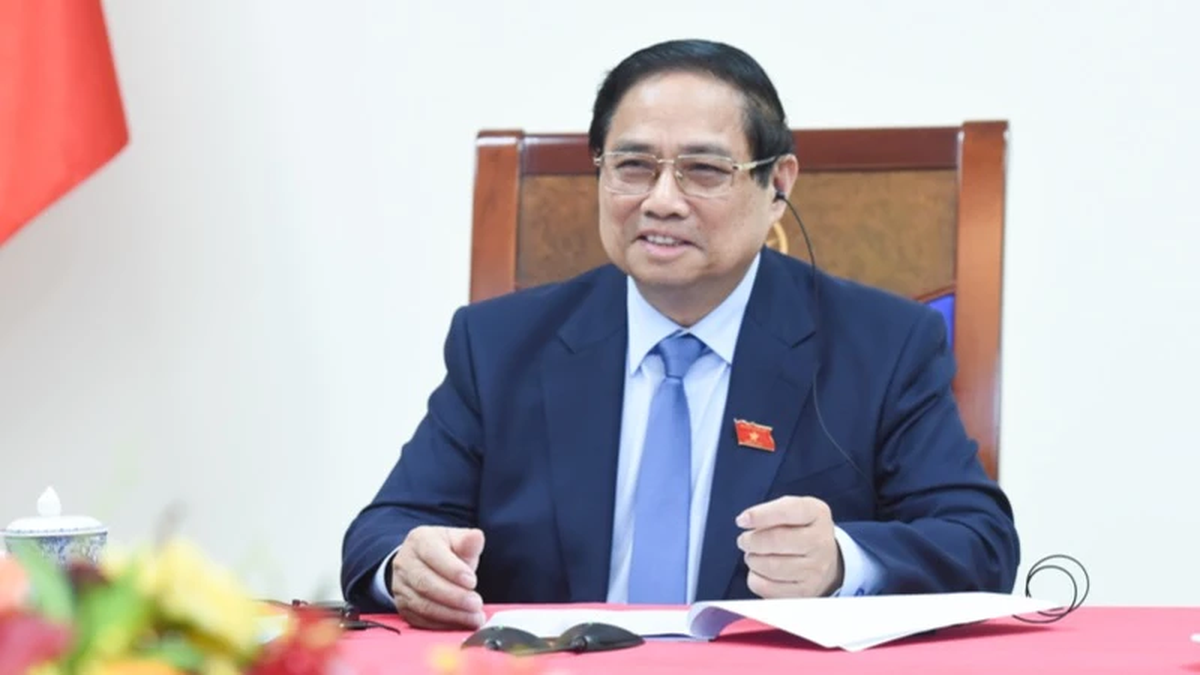
![[Photo] President Luong Cuong presents the decision to appoint Deputy Head of the Office of the President](https://vphoto.vietnam.vn/thumb/1200x675/vietnam/resource/IMAGE/2025/5/8/501f8ee192f3476ab9f7579c57b423ad)
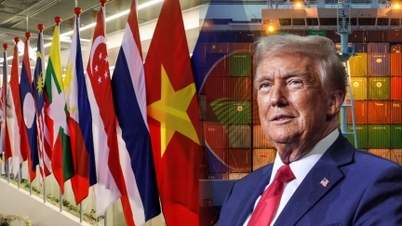

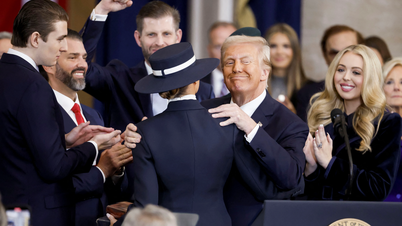



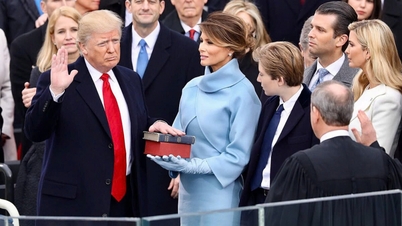

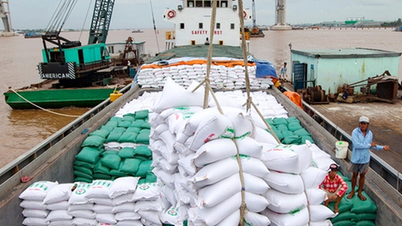

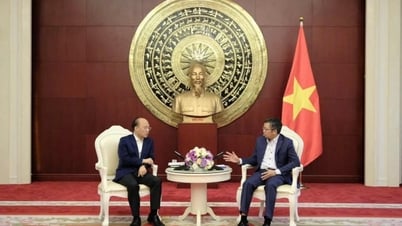













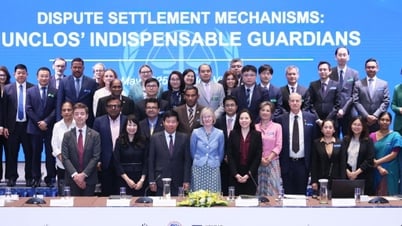
































![[Photo] Prime Minister Pham Minh Chinh talks on the phone with Singaporean Prime Minister Lawrence Wong](https://vphoto.vietnam.vn/thumb/402x226/vietnam/resource/IMAGE/2025/5/8/e2eab082d9bc4fc4a360b28fa0ab94de)













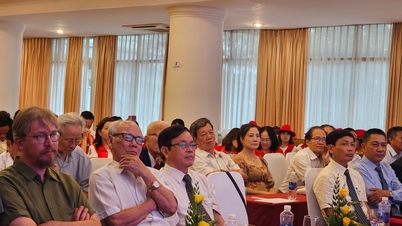
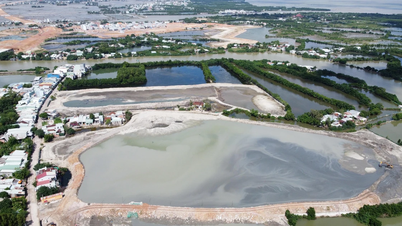



















Comment (0)